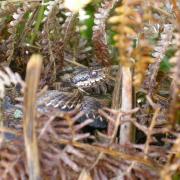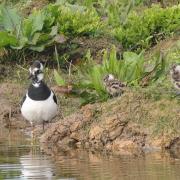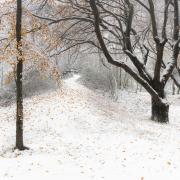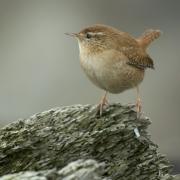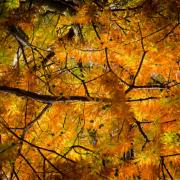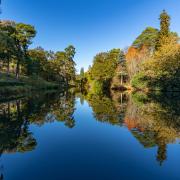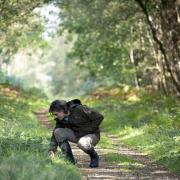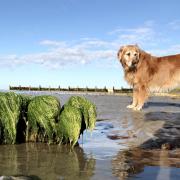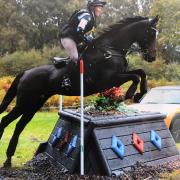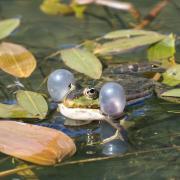Mike Russell of Sussex Wildlife Trust enjoys the robin’s winter song
During these long dark winter mornings, before light manages to seep through the curtains, my day begins with the gentle song of the robin filtering through the bedroom walls to wake me from my slumbers. I live in a relatively quiet cul-de-sac, but you can hear many of the neighbours tackling what the day has to offer well before I’ve struggled out of bed. Nevertheless it is the robin’s sweet song that rises above the human sounds to meet my ears.
It would be lovely to think that the robin is singing especially for me, my own personal alarm to set me up for the day: but of course he doesn’t, he’s oblivious to my existence. In fact, he might not even be a he, as during the winter, female robins will also sing. Unlike the other small songbirds we get in our gardens that relinquish their territorial spaces in favour of collaborative feeding, both male and female individual robins maintain their own feeding territory through the winter. That is why you sometimes see almighty scraps between robins around your bird tables; your garden becomes a very desirable property well worth defending.
Other birds call and communicate with each other throughout the winter but generally robins maintain their song. It has just one single message: this is my feeding area and I mean to keep it. Come the spring a new song takes its place, almost undetectable to our ears, but this time it’s only the male that sings, letting the females know he is available and would make a good mate. There is a difference between the winter and spring songs, but it takes a good deal of concentrated listening to hear it.
Some of our other resident birds such as blackbirds and song thrushes will burst into song in midwinter, especially when there is a warmer period – perhaps trying their luck and getting an advantage over their rivals, but generally it is not until late March and early April that breeding behaviour really gets underway.
So while it is in spring that our countryside and open spaces become alive with the sounds of the natural world, it is in winter that we can hear the most dramatic aural soundscapes.
One of the most spectacular sounds near where I live and work at Woods Mill, Henfield during the winter months is the roost of crows, rooks and jackdaws in a nearby wood. As dusk draws in, hundreds of these birds fly in from the surrounding countryside, cawing and chattering as they do so. By the time darkness falls there must be well over 1,000 birds noisily trying to find the best place to spend the night and it is a sheer cacophony of sound that dominates the landscape. Then almost at a given signal it goes quiet, like a strict lights-out policy in a dormitory. It really is a wonderful experience.
Once the crow roost has quietened down, the woodland yields up other sounds, particularly in the weeks leading up to Christmas and on into the New Year, as the haunting, hooting calls of the tawny owl fill the dark night.
So, our lives are accompanied by the sound of wildlife all around us, from the moment we wake to when we go to bed, trying to be heard above the noise that present day society inflicts upon us. To listen to the robin sing first thing in the morning is a far better way to start your day than grumbling at John Humphreys on the Today programme or watching breakfast television – I recommend you try it some time.




